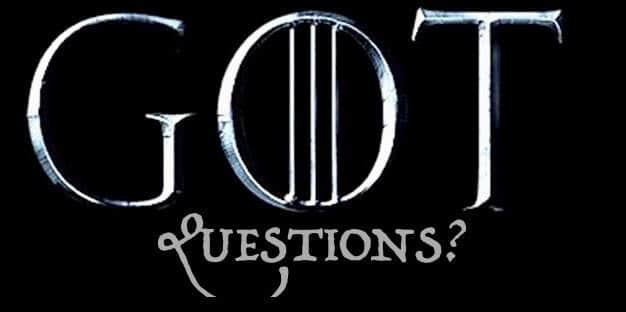Question 1:
First and foremost, as Salespeople, are we speaking to all the right people who matter in the account?
“Power resides where men believe it resides.
A sales opportunity stalls mainly due to the lack of “high and wide” coverage of the account. In any decent sized B2B opportunity in an enterprise, there would be many stakeholders (research says a minimum of 5) who are involved and concerned about the success of important projects.
Sometimes, we don’t even know who they are. This happens due to a reason.
There is a tendency for us to get stuck with the “evaluator” since he/she is the person who usually reaches out to us.
Our time in the account is dedicated to building a good rapport with the evaluator since he/she would gladly agree to meet or speak to us whenever we reach out.
However, it’s crucial to reach out to the “decision maker” since he has the larger business perspective of the project and more importantly the “veto” power.
The way we campaign with the stakeholders, iterate on the solutions, get agreement and build alignment largely decides the pace at which we can drive the opportunity within the funnel.
Question 2:
It’s important to embrace the chaos that unfolds while mapping the account. Also to anticipate and address all the risks.
The biggest and the No.1 risk that we all run into is the “status-quo”.
We need to work with the prospect in highlighting the upsides (e.g. revenue growth, cost reduction, higher compliance, etc) of taking the decision and moving ahead with the new solutions being proposed. Quantification of these factors can go a long way in providing the motivation of the customer to move out of “status-quo”.
“Chaos isn’t a pit. Chaos is a ladder.
The other risk in the time factor.
Do we know if our proposal addresses one of the burning issues that the organization is trying to solve now? Or can it wait?
Using the medical metaphor: Is our solution just a Vitamin tablet to be taken or an important flu shot to be administered OR a critical surgery to be performed that can’t be delayed?
We need to ask questions and probe while meeting with the various stakeholders to understand the time sensitivity. The higher the order of priority, in the eyes of the customer, we can accelerate the buying process.
Question 3:
Many a time you would have noticed that the prospect doesn’t talk about other vendors in the fray or sometimes makes you believe that you are the ONLY vendor he is considering.
That is indeed a good tactic from the customer’s side to motivate you to be highly engaged through the buying cycle, design the best solution and the right resources, get the best price offers and the most flexible commercial terms and conditions.
But rarely does a prospect decide on a vendor or a solution without considering options.
“What we don’t know is what usually gets us killed.”
When we get blindsided on who the competition is, the opportunity tends to slow down. Mainly due to the reason of customer taking the laborious and time-consuming effort of figuring out whom to shortlist.
If we know who our top 2 competitors are, then we can help position our compelling value and the unique differentiators to help the prospect decide faster.
Question 4:
Objections to your proposal are the main stepping-stones for getting closer to the final stage of closing the opportunity and getting the customer to say “yes”.
The more proactive we are in surfacing the objections the faster we can be in accelerating the decision-making process of the prospect.
When a deal goes into a limbo one of the best situational tactics is to raise an objection or highlight a potential risk and showcase how your solution or your organization can overcome that risk. That act builds tremendous credibility and mostly gets the deal back on track.
During the sales process, “no-news” from the prospect is the “worst-news”.
Rather than a lazy or an unimaginative “follow up” email, enquiring on the status of your proposal, surface objections to building attention and energy for sales closures.
Question 5:
It would be valuable to understand the difference between exerting pressures on the customer vs. creating a sense of urgency.
Why should the project be prioritized NOW than later?
“How do we create the urgency to act?”
Some of the benefits with which you can argue the case to accelerate the decision could be – the lead-time to market providing that crucial edge over the competition. Realizing the cost benefits to gain market share right away. Pulling the levers for driving revenue growth. Meeting the deadline for compliance and audit.
The important aspect is to think on behalf of the customer and position these in a credible & an acceptable way.
Those are my top 5 questions and some potential ideas to think about.
What else could be the reasons for an opportunity to stall midway in the pipeline? What do you think? What are some of the measures that you have used effectively to accelerate opportunities in the pipeline? It would be very valuable to understand your perspectives and learn from your experiences.


